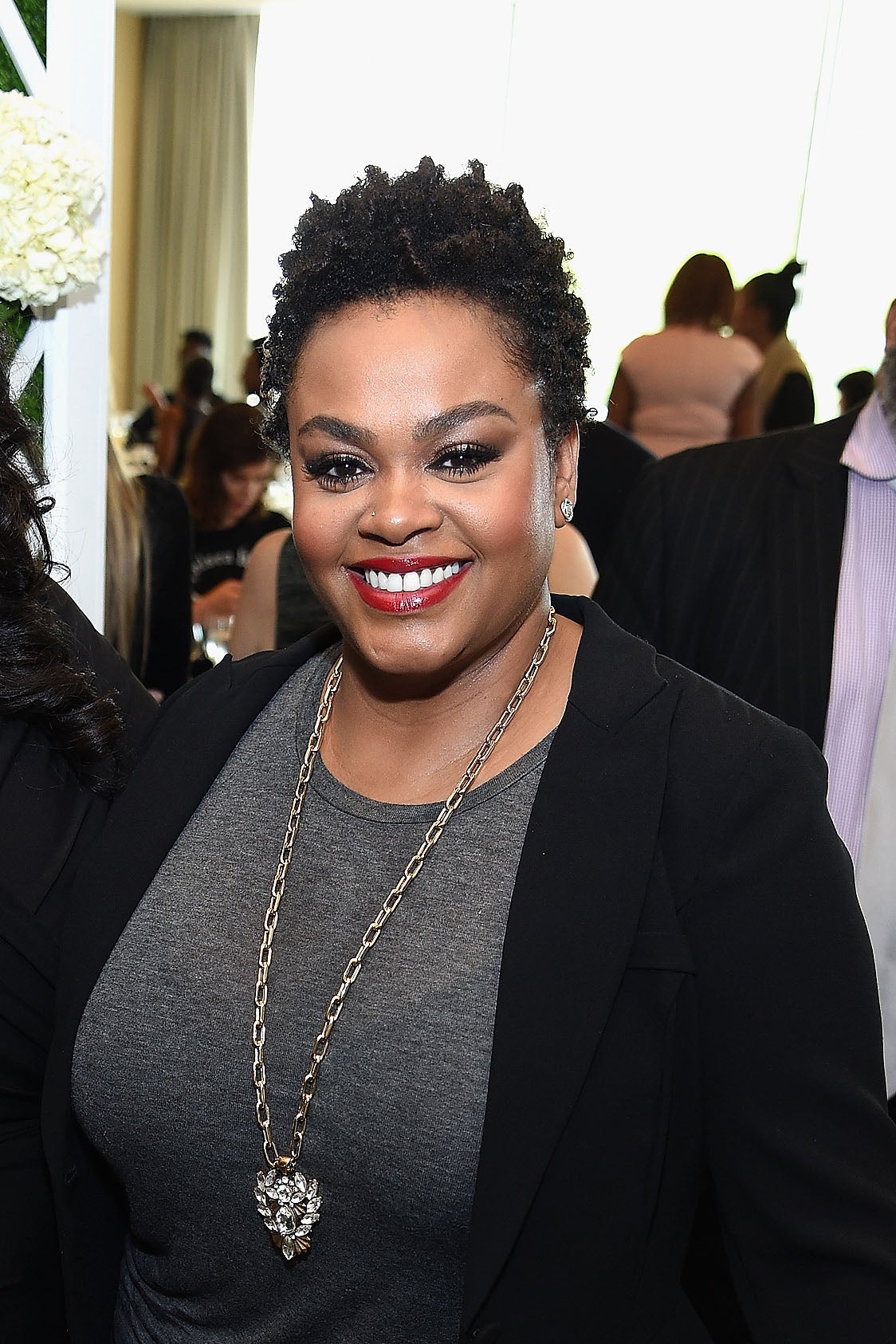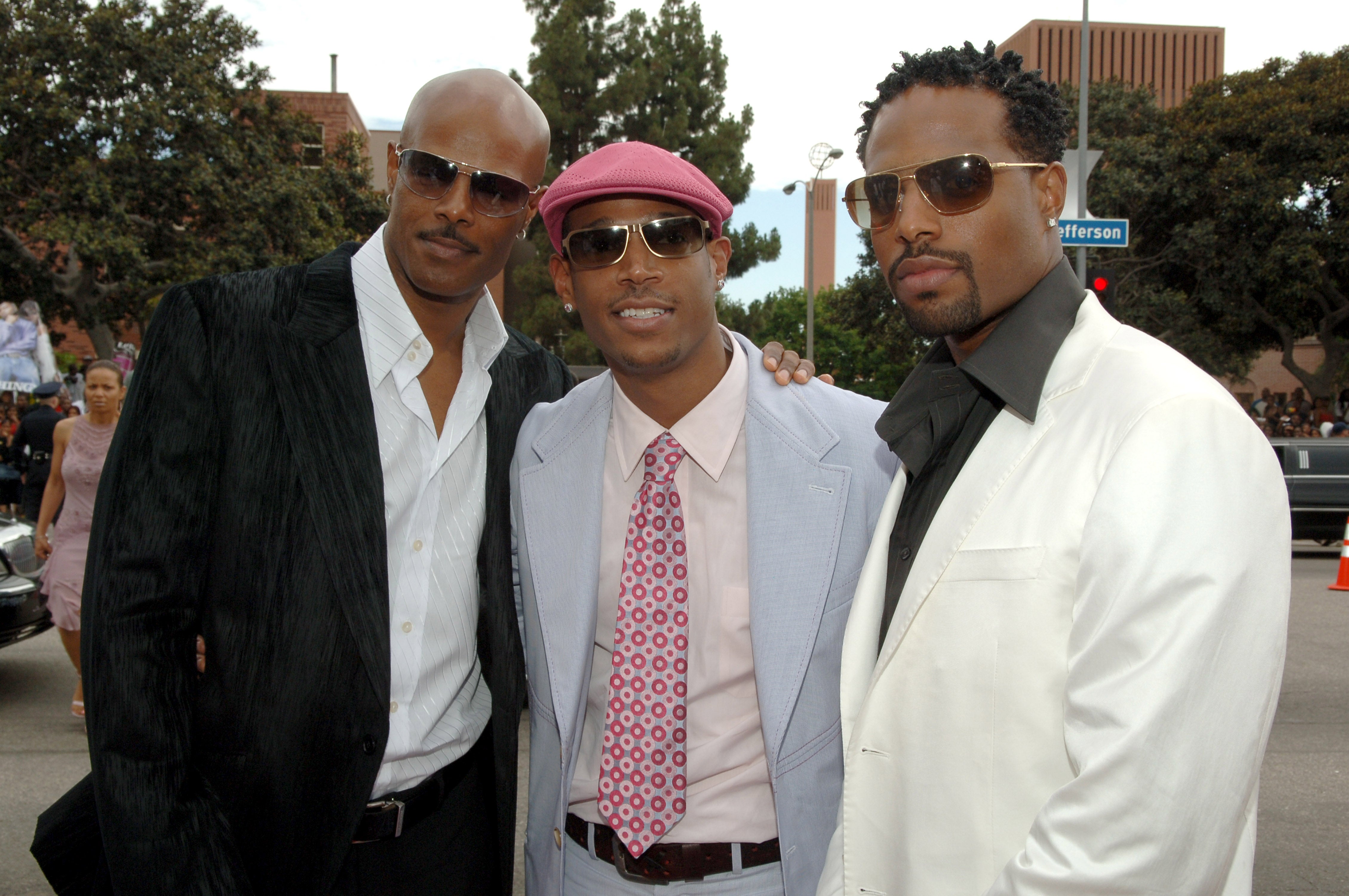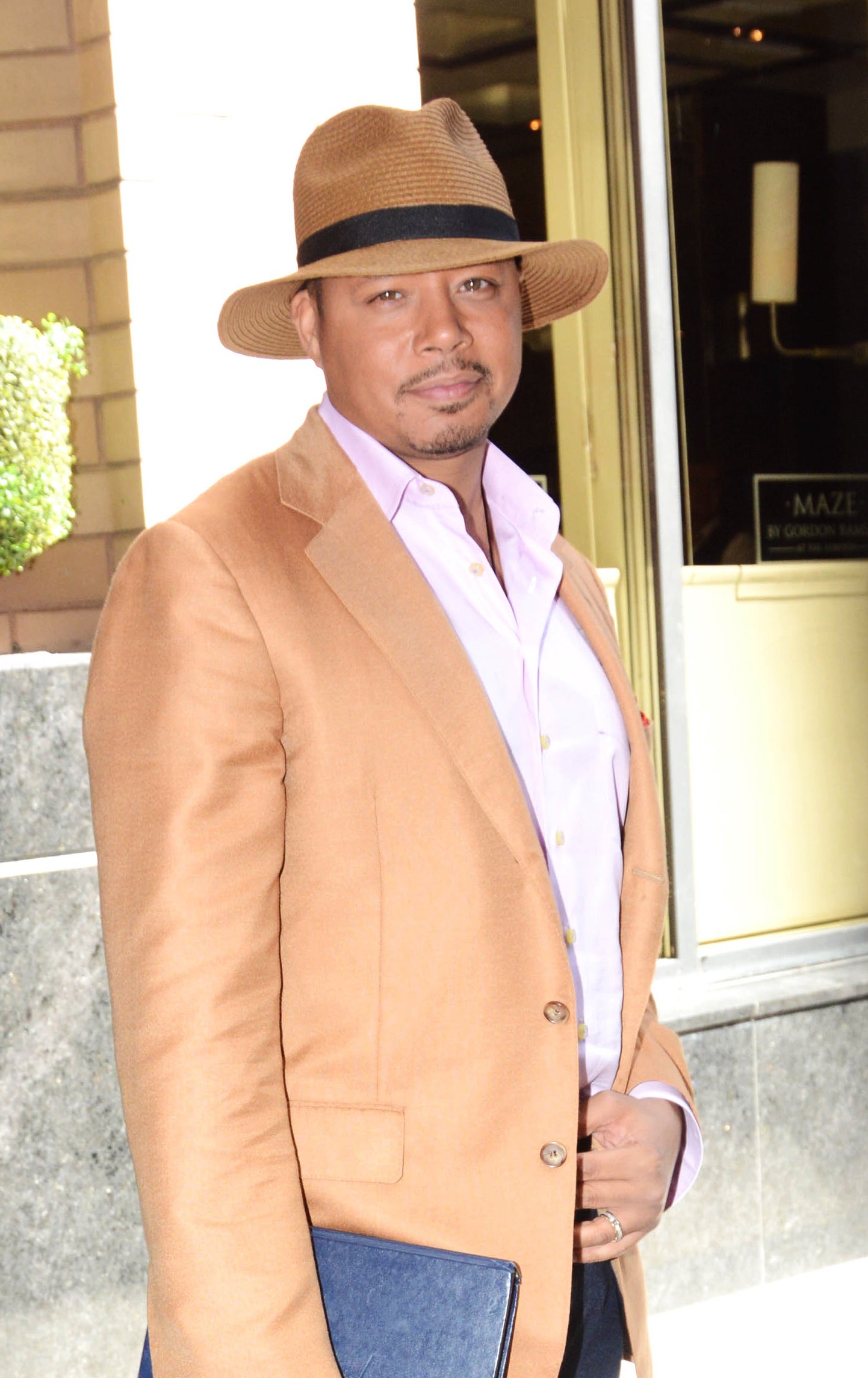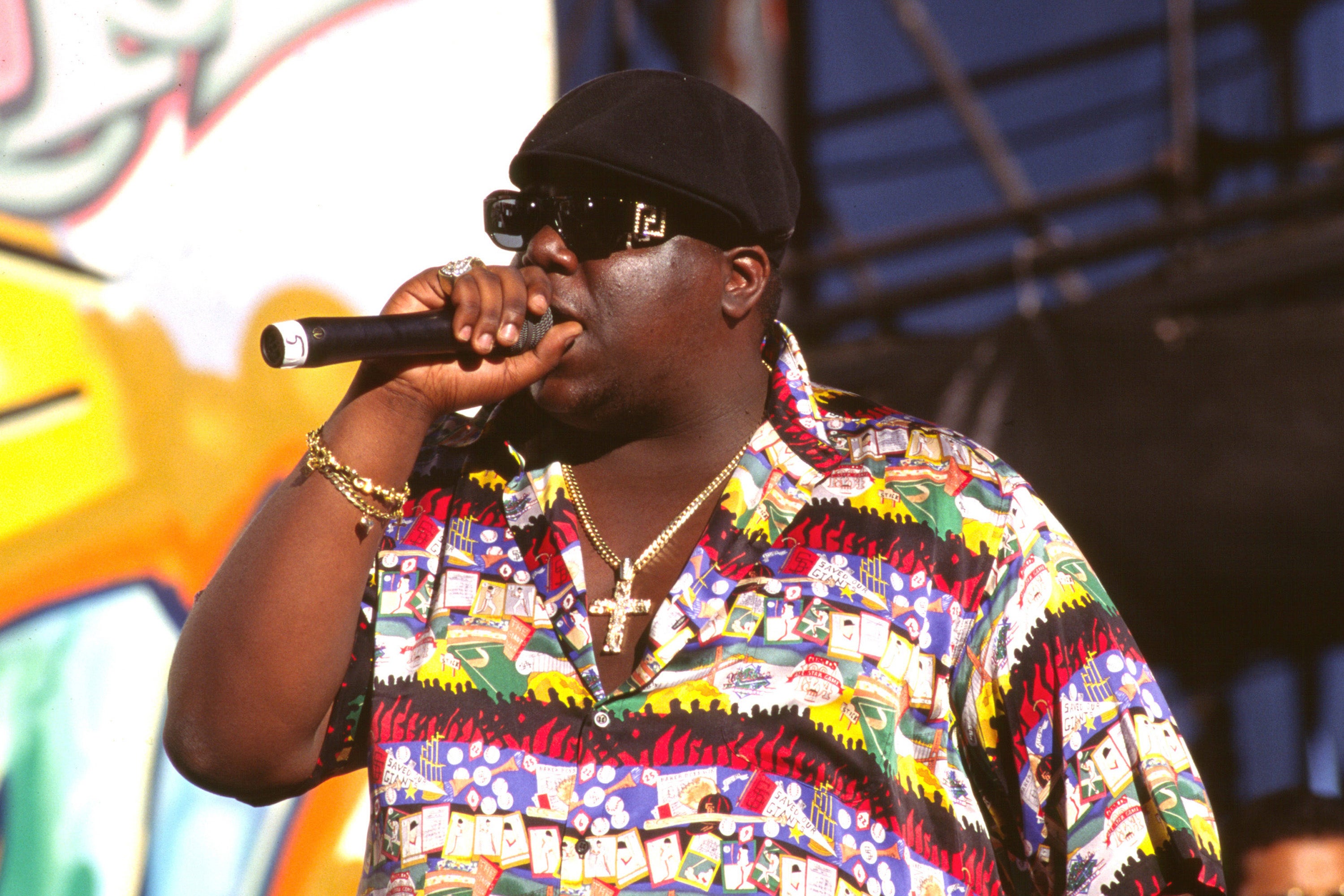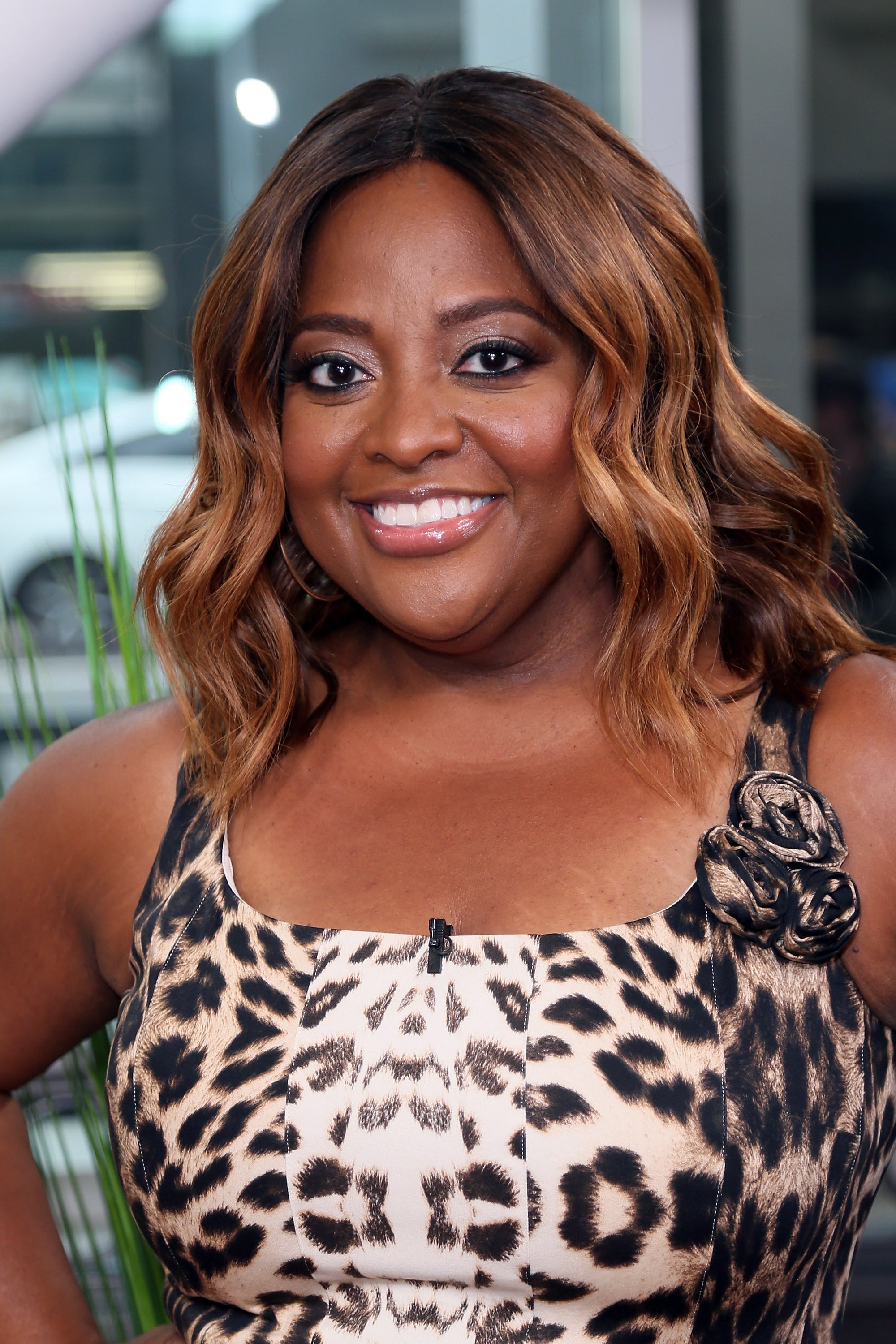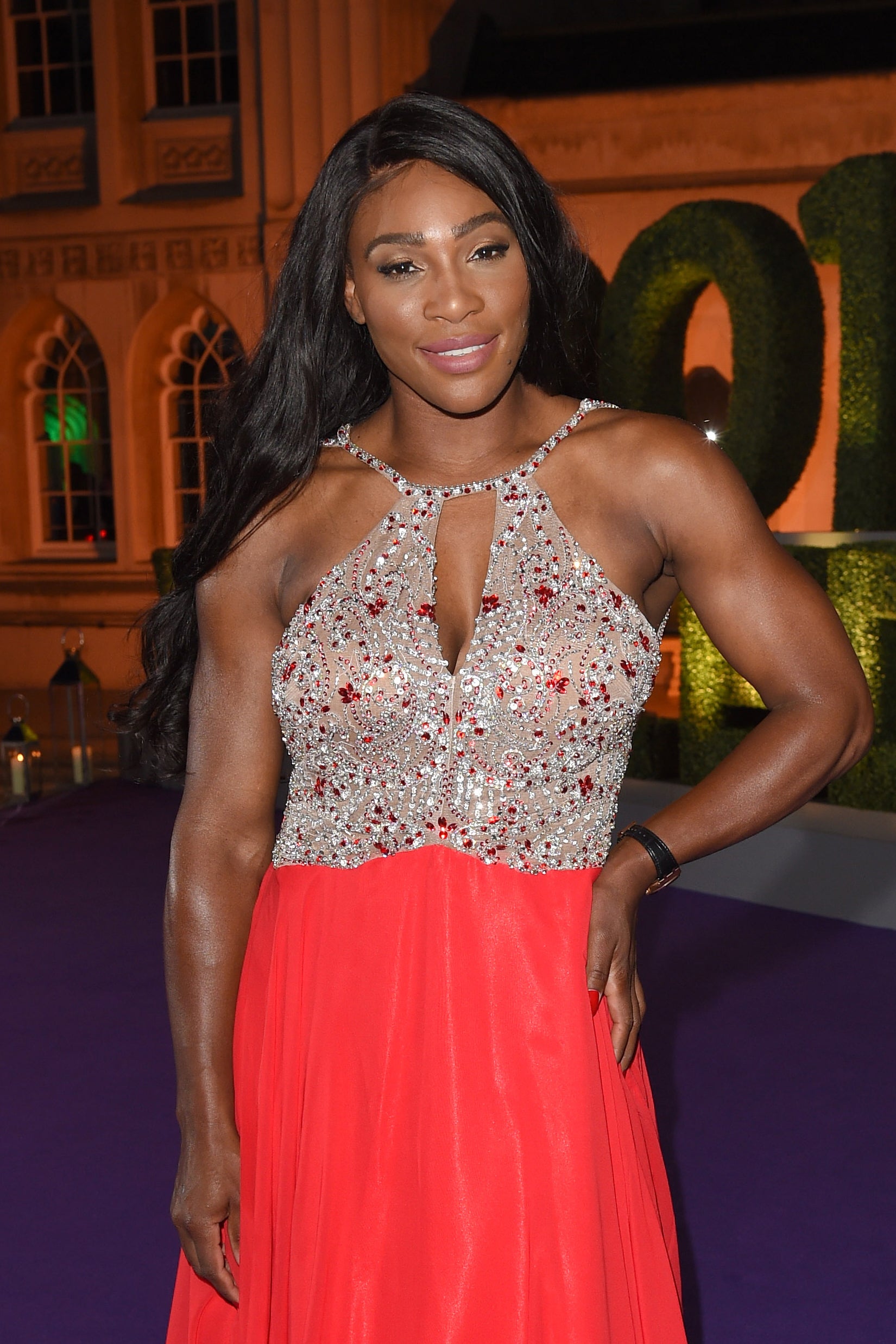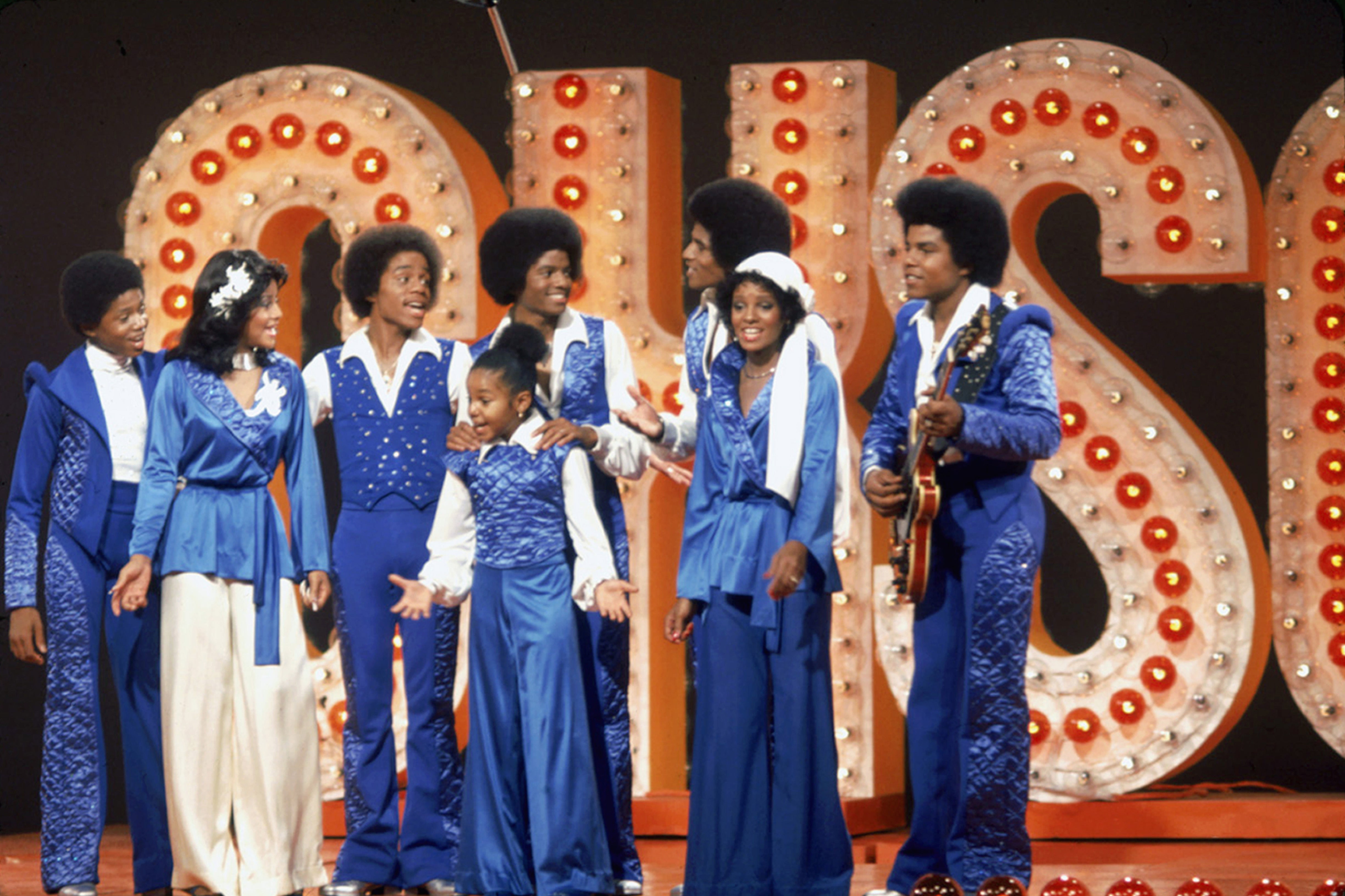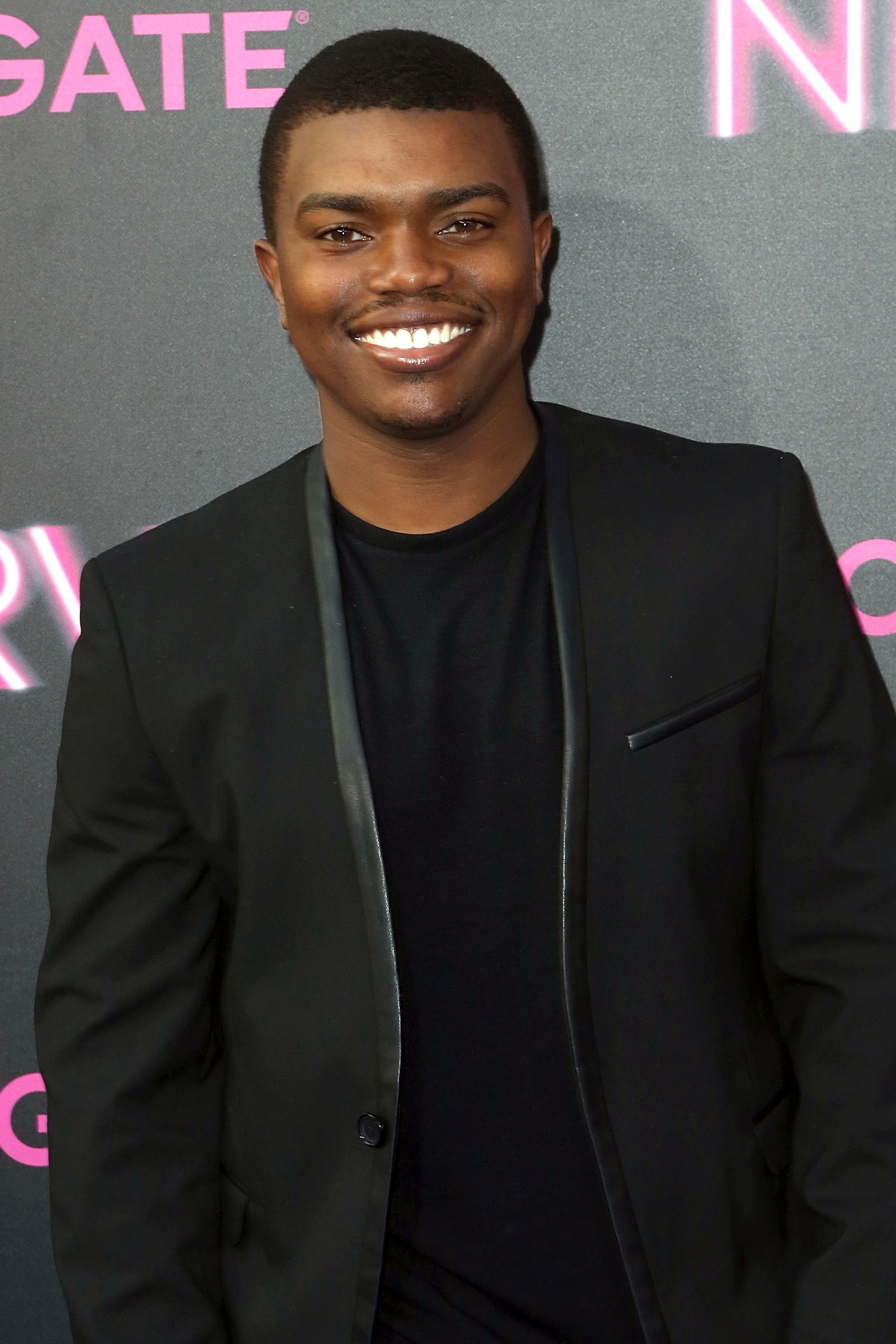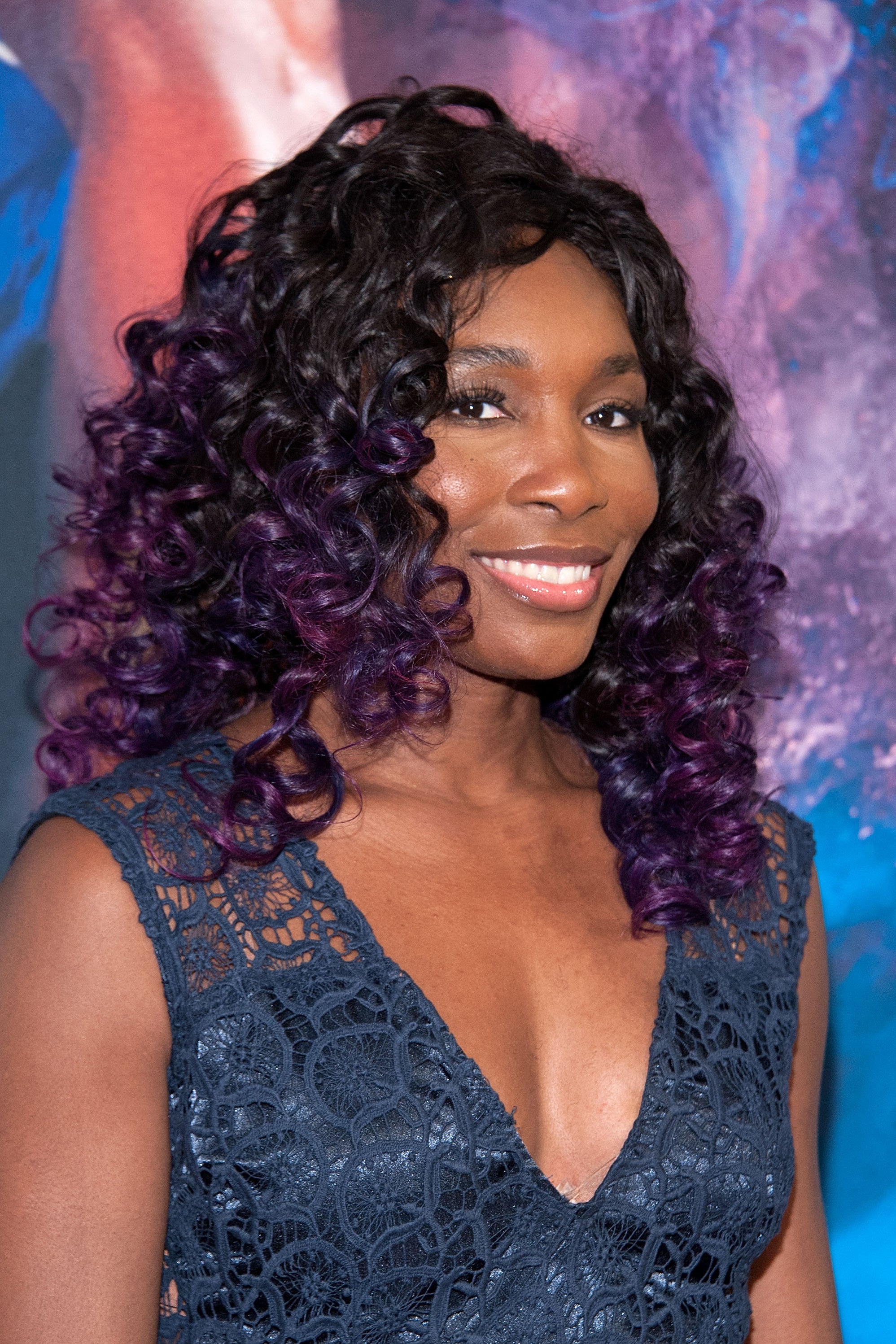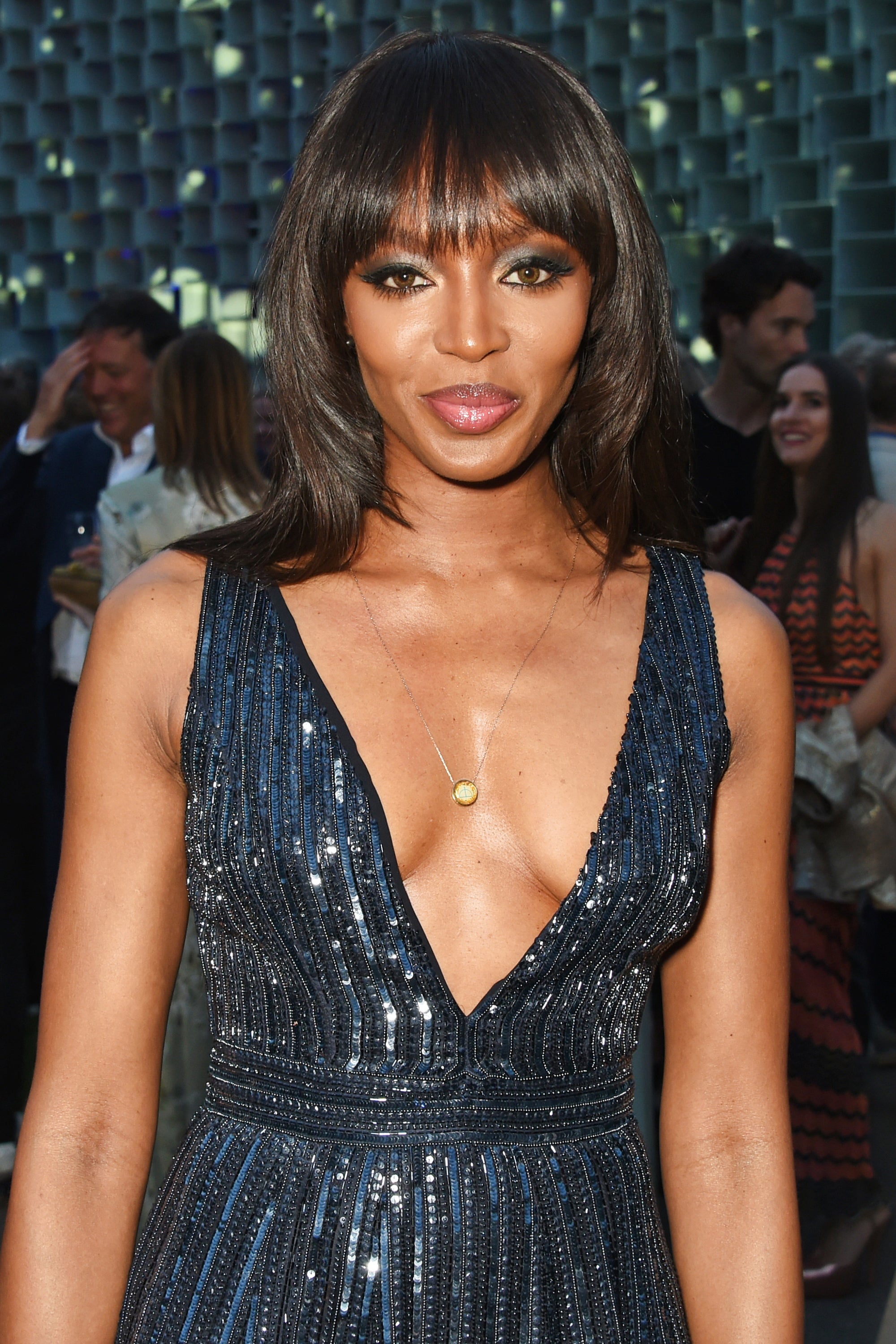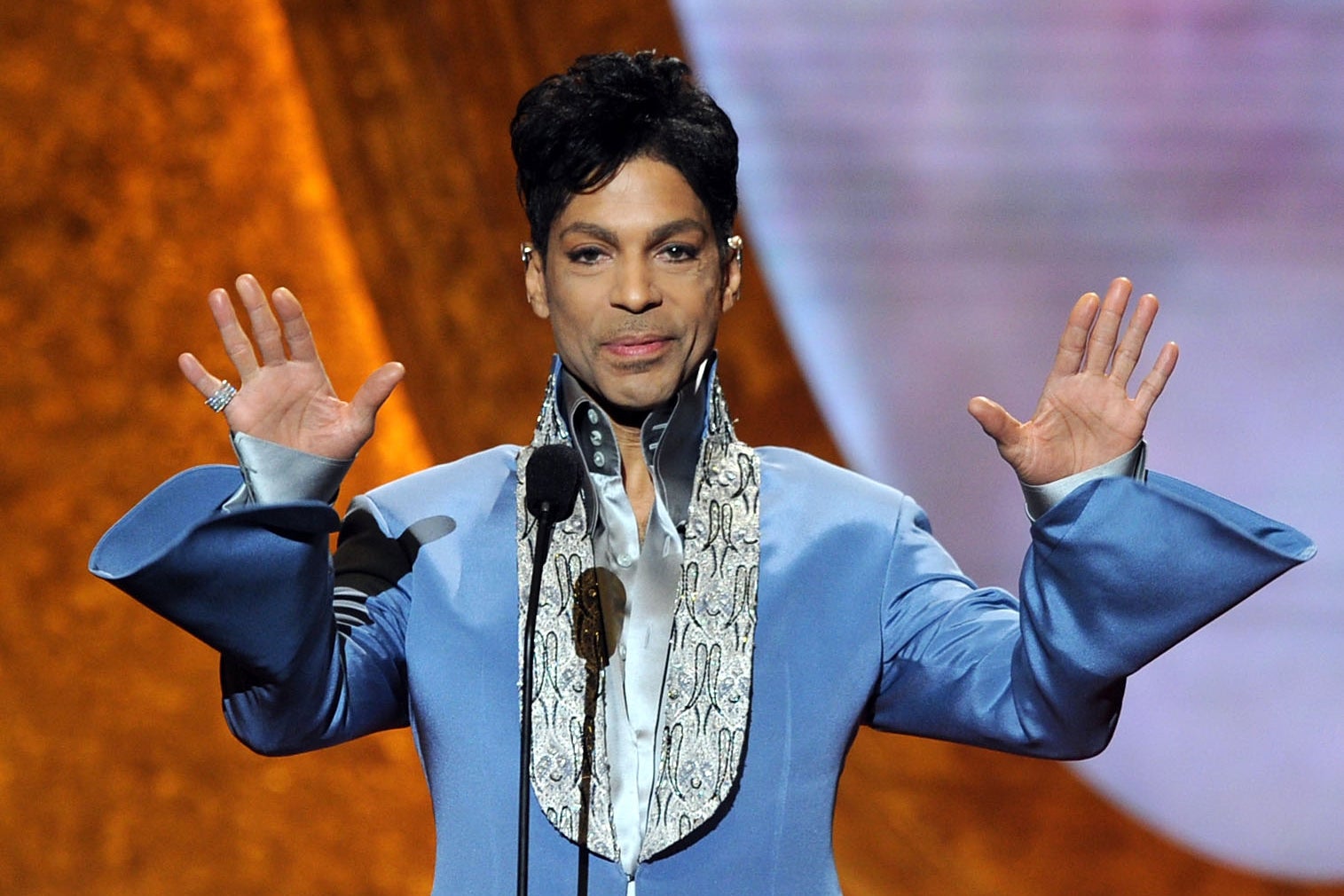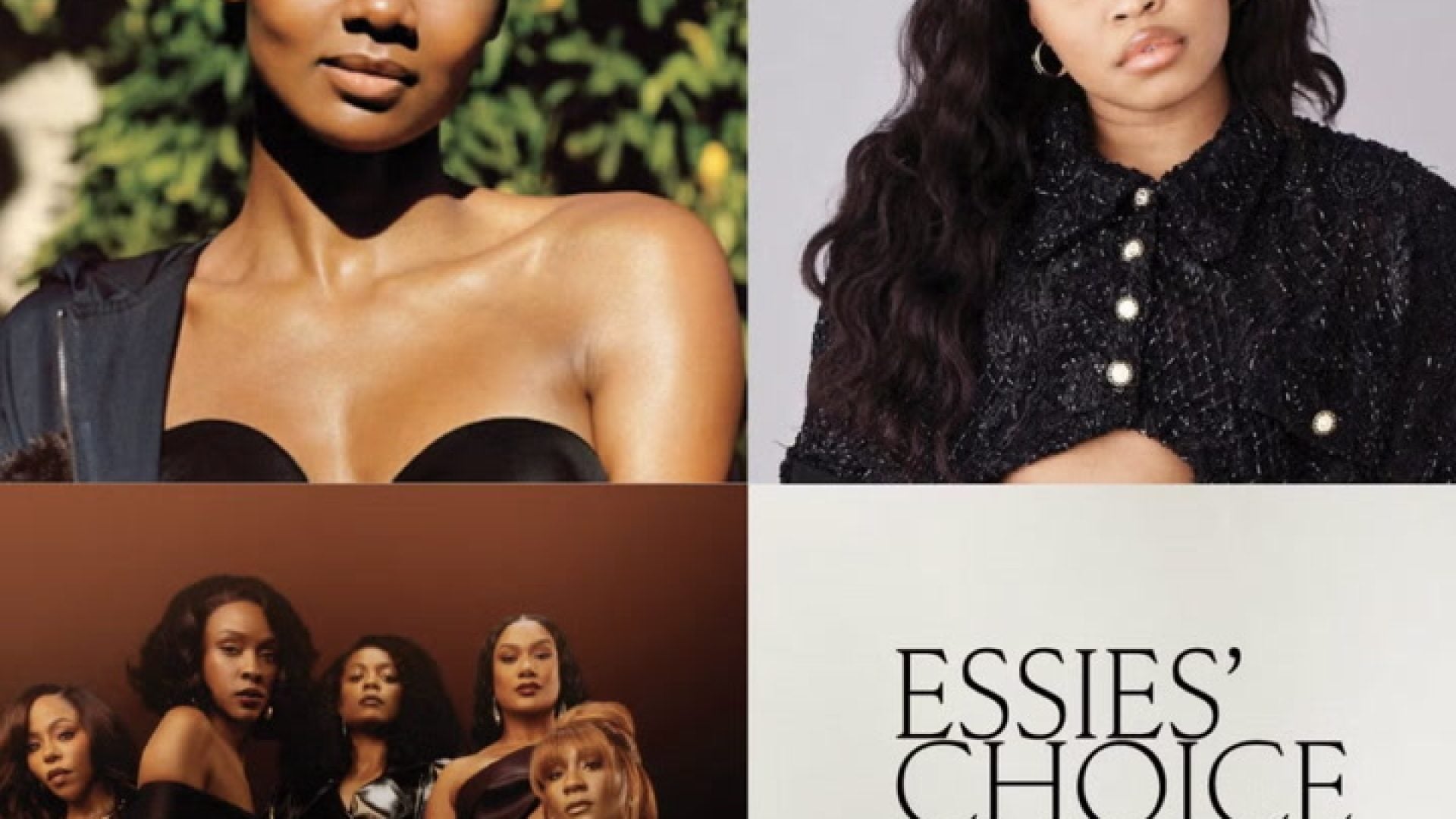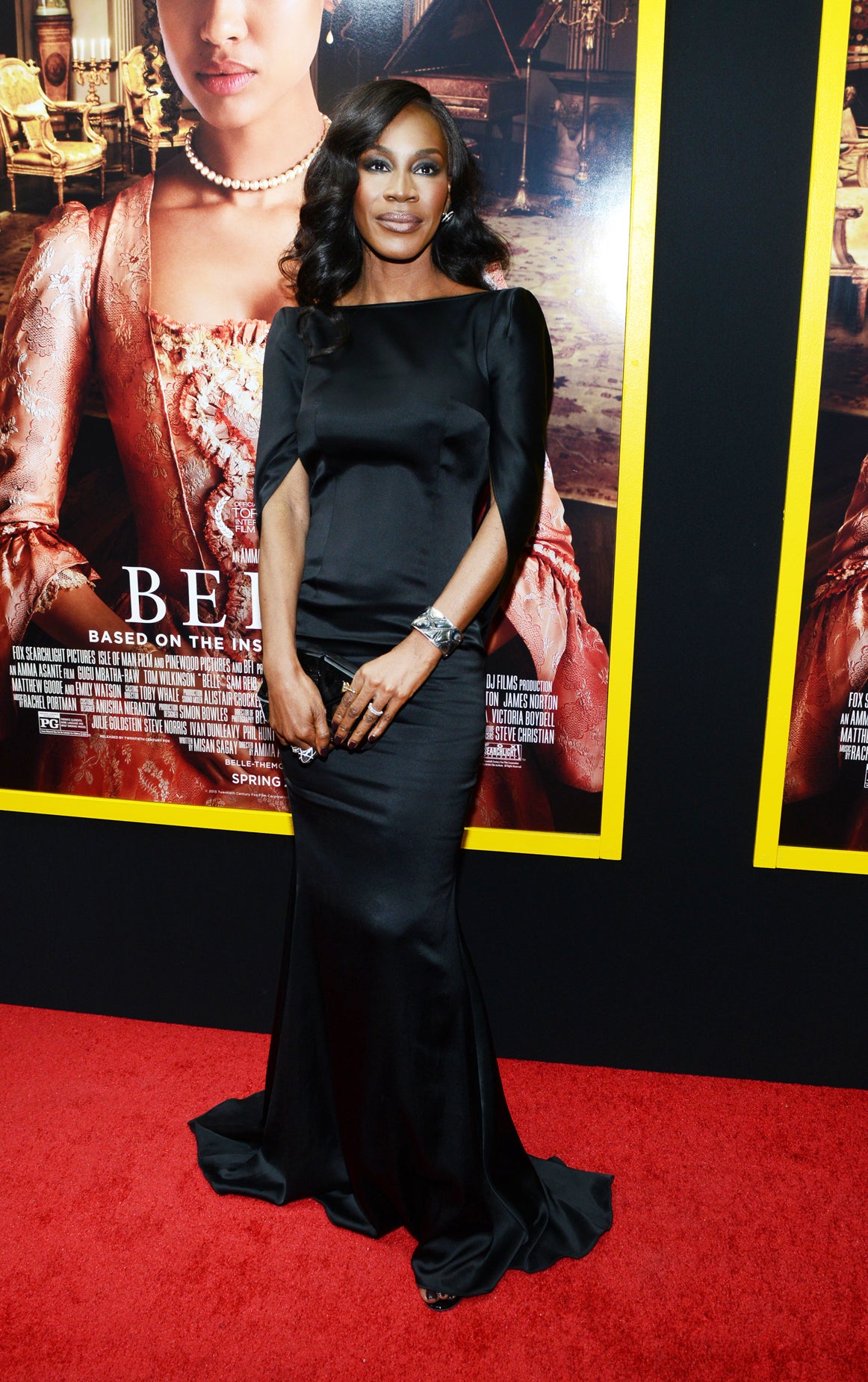
Director Amma Asante spoke with ESSENCE Magazine about the inspiration for her anticipated period drama.
ESSENCE: Your film Belle is the story of Dido Elizabeth Belle, a slave girl who goes to live with her White father’s aristocratic family in eighteenth-century England. But it’s also about the start of the abolitionist movement in Britain. Tell us more.
AMMA ASANTE: The story is about our Lord Chief Justice of England, Lord -Mansfield, at the time the highest judge in the land. He takes in his great-niece Dido, who’s the child of a woman believed to be a West African slave and his nephew, who’s a naval officer. Lord Mansfield’s raising her as a lady, as an aristocrat, but he’s also presiding over the Zong Massacre case in 1783, in which over a hundred slaves are drowned for insurance money. They’re worth more dead than alive.
ESSENCE: Is that a true story?
ASANTE: True story. I wish I could have told more about it. You’ve got to pick your story, because there’s so much. I had to chart Dido’s own internal -journey of coming to terms with who and what she is and what that means, and how she fits into this world and this society, and where her mother fits in all of this. It was actually a Black free man who brought the Zong case to Lord Mansfield. His name was Olaudah Equiano, and he would have been the equivalent of Solomon Northup from 12 Years a Slave. In England, Olaudah was a free and well-to-do guy, and he, alongside this true life partner—that was a bit more like John Davinier, Dido’s love -interest in the film—would bring these cases to the Supreme Court. For me, Olaudah couldn’t be an extra in this story. He deserves a whole movie, and for me to bring him in as a sideline, toward the end of the film, I couldn’t do it, so I just said, “Leave that…. That’s another story I tell, or somebody else tells it and does it justice.”
ESSENCE: Let’s go back a bit. How did Dido’s story come to you?
ASANTE: Belle’s producer Damian Jones had been trying to get this movie off the ground for years. He took it to HBO and they weren’t interested. He had come back to England and wanted to start again, completely from scratch. He had gone to the British Film Institute and they said, “You should really take this to Amma,” because I was obsessed with that period. I’m also completely obsessed with how we fit into the context of British history because there is an accepted concept that our parents came over on one boat in the 1950’s. They think that was when Black Britain emerged and actually, it’s not true.
There was a postcard of Dido’s real-life painting and he sent it to me. I was intrigued. In Holland, where I now live, I had seen an exhibit charting the -history of the Black muse in portraiture, from about the fourteenth century onwards. Normally, that kind of thing, I can take about an hour of it. But this was so fascinating because you see how in the beginning we were like pets—we were there to express the status of the main protagonist in the painting. We were always lower in the painting. We were usually extending our arm out to the main person in the painting because that would draw your eye to them, and not to us. We would always be looking up at them in awe because that also expressed their status. Then I looked at this painting [above] with Dido and Elizabeth, her cousin, and Dido’s actually higher than Elizabeth. Instead of looking at Elizabeth, she’s looking out, straight at the painter. She’s wearing this jewelry, these silks. A historian told me that Dido’s dress is more modern and expensive than Elizabeth’s. I knew enough to look at that and go, Wow, this is something else.
ESSENCE: Fascinating. How many years did it take to make the film?
ASANTE: Two and a half years to get it to a place where people said, “Now we’re ready to make this a movie.” We still had to convince people that this was a worthy story to tell—a period drama with a Black lead. It wasn’t easy to sell this idea in the U.K. But once we got our financiers onboard, they were passionate about making sure that this story got told, and they knew all the reasons why it was so important. It’s a story that’s very much entwined in my life, and in that history, and understanding how we stand on the shoulders of giants. Dido has been in my history all this time, and now she’s being talked about in schools, in the U.K., but when I was a kid, you didn’t know who she was.
ESSENCE: Belle -premiered at last year’s Toronto International Film Festival, along with –Mandela: Long Walk to Freedom, 12 Years a Slave and the adaptation of Chimamanda Ngozi Adichie’s Half of a Yellow Sun. Belle received a rave review. How did you feel about Belle competing with all these films about the African diaspora?
ASANTE: It was incredible. We got a three-minute standing ovation and that was not what we had expected. We knew the sunlight was going to be on all those -other films that were coming out during award season. We came with our heads down a little bit and just thought, “This is a beginning. This is the way we send our baby out into the world.” I had been to Toronto with my first movie [2004’s A Way of Life] and knew that they were a really positive, film-savvy audience. I didn’t -expect that response. I didn’t expect that standing ovation. That’s the thing when people just get it. They just get every layer of it. And not just Black women. But when a Black woman comes up to me and flings her arms around me and says, “Thank you, sister,” it’s over. The makeup is gone for the rest of the day.
Belle is in theaters today.





